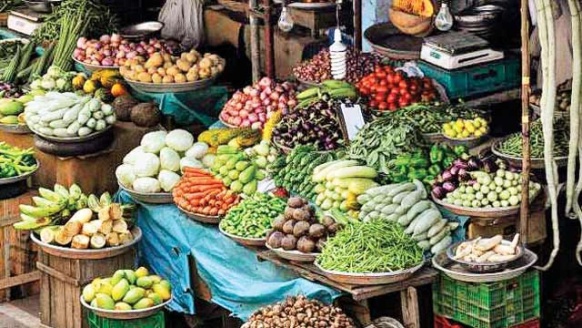Free Courses Sale ends Soon, Get It Now


Free Courses Sale ends Soon, Get It Now



Disclaimer: Copyright infringement not intended.
Context
Retail inflation
Recent Findings
Reasons behind Retail Inflation
Urban vs Rural Inflation
Sector-wise scenario
State-wise Scenario
Concerns and Implications
Consumer Price Index (CPI)
While the Ministry of Statistics and Program Implementation collects CPI (UNME) data and compiles it, the remaining three are collected by the Labour Bureau in the Ministry of Labour.
Inflation Targets
Monetary policies can target inflation levels. A low level of inflation is considered to be healthy for the economy. If inflation is high, a contractionary policy can address this issue.
Must Read:
© 2024 iasgyan. All right reserved